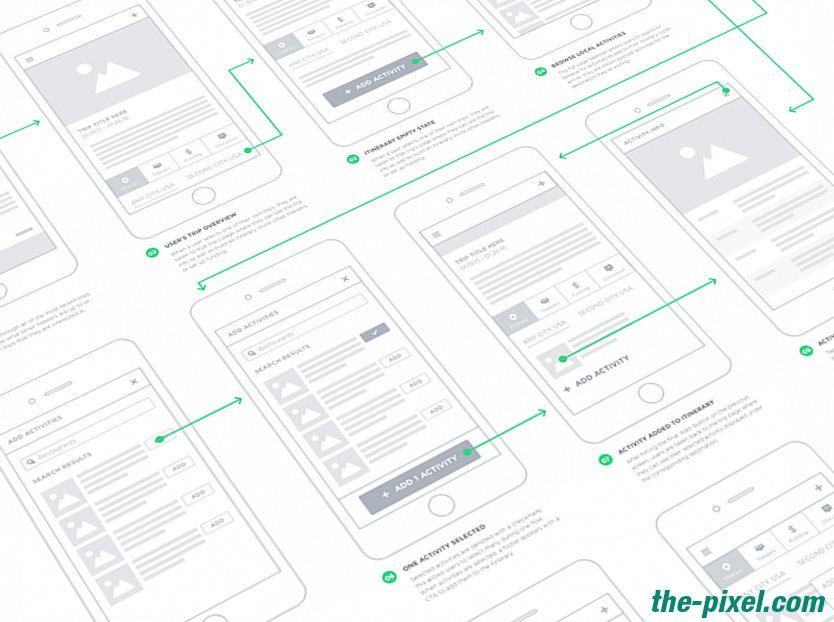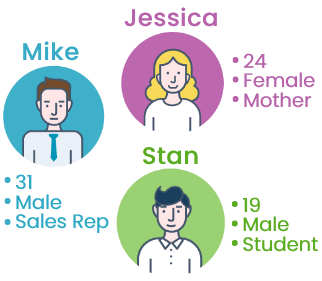UX designer become a house hold name in the digital realm
UX designer become a house hold name in the digital realm
We will examine three key factors of UX design to help you get a better understanding of how to budget for your next project.
A skilled user experience designer knows better than anyone how to understand your consumers and what they’re looking for in your digital properties. Through scientific methods, this individual can help your entire team see the larger picture when it comes to pleasing the customer, and help make decisions that will steer your app towards success. Without a UX designer, your app could have usability flaws that frustrate customers, and keep them from sticking around or coming back.
1. The Scope of the Project
How complex is your project? A UX designer works to discover how users will best interact with each feature included in your website or application, whether it’s the homepage, a form, a product page, drop-down menu, or search functionality. For larger projects, this can mean that the designer’s job becomes exponentially more involved in order to gather the necessary data for each element within the app or site. Generally, some of their more common tasks include:
- Analyzing competitor products; functionality
- Defining the ideal users and their preferences
- Creating an initial product strategy
- Testing early prototypes and gathering feedback

The more clearly your project brief is defined in terms of scope and functionality, the easier it will be for a UX designer to anticipate the minimum viable product that will meet your users’ needs. This also allows designers to provide much more accurate bids and projected timelines.
2. Storyboards and Personas

Any UX designer worth his or her salt will take the time to create user personas that reveal common traits of your users. This process involves interviews, surveys, user testing and other activities to get actionable intelligence about who will eventually use your product. This information is then compiled into scenarios and storyboards that show the user’s journey through your site and what influences each decision the customer makes.
Competent UX designers will have specific processes to identify user types as efficiently as possible. By exploring each candidate’s process during an interview, you’ll have a lot more insight into the overall value of their rate.
3. Amount of User Testing Required
Once a UX designer identifies the target audience, the majority of their time is spent defining the user’s preferences and creating wireframes to show how they will interact with your application. This is accomplished through manual user testing, during which they can:
- Monitor user interactions
- Review user interviews and other feedback
- Run A/B Split testing
- Study key performance indicators
Some products may require multiple rounds of testing in order to reach the proper levels of refinement.

How Much Should I Expect to Pay?
SAMPLE UX DESIGNER RATES
(Estimated billing rates charged by intermediate-level, United States of America based specialists).
| Project Type | Average Price (per hour) |
| UX Design (General) | $50-$100 |
| Wireframing | $40-$80 |
| User Research | $40-$80 |
| Storyboards/Personas | $40-$80 |
Many freelance UX designers prefer to work at an hourly rate since their discovery process can be very time-consuming. Some may also consider fixed-price, although this is less common. Billable hours can include everything from wireframing to user testing, storyboards and persona work, and each designer you interview will have a different process for completing these tasks.
Additionally, the large variance in hourly rates between UX designers does not necessarily represent overall talent or value. Less experienced freelancers may use a very similar process as a more seasoned professional, but they may require more time to uncover truths about your users. So there’s no clear choice among the many skill-levels; it often comes down to the freelancer that your team feels the most comfortable working with.
Hire ThePixel UX designer to build your next user experience?
Since our founding in 2008, we’ve created and launched many types of business websites. Over the last decade and we’ve learned a thing or two! That’s why we’re masters of our craft, let us help you build the website of your dreams – one that generates traffic, leads and conversions.
Are you ready to start? If yes, contact ThePixel and one of our representatives will guide you through the website phases and how the process works either by a Zoom Meeting or phone.

